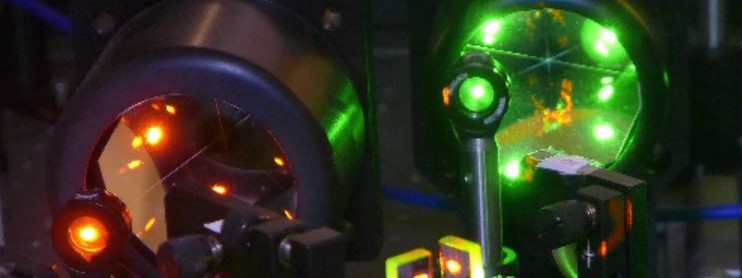This unit covers:
- What is energy
- Different forms of energy
- Conservation/transfer of energy
- Generation of electricity
- Critical thinking about the human use of electricity, its implications and the role of the scientists and society
Curriculum links
The resource content and activities are linked to the Victorian and Australian curriculum. See the following curriculum codes:
Year 4
ACSSU076 (investigating the effect of forces on the behaviour of an object through actions such as throwing, dropping, bouncing and rolling
Yr 8
ACSSU155 (recognizing that kinetic energy is the energy possessed by moving bodies; recognising that potential energy is stored energy, such as gravitational, chemical and elastic energy; investigating different forms of energy in terms of the effects they cause, such as gravitational potential causing objects to fall and heat energy transferred between materials that have a different temperature; using flow diagrams to illustrate changes between different forms of energy)
ACSHE136 (considering how engineers improve energy efficiency of a range of processes; investigating how scientists have created new materials such as synthetic fibres, heat-resistant plastics and pharmaceuticals)
Yr 9
ACSSU182 (investigating factors that affect the transfer of energy through an electric circuit)
Yr 10
ACSSU190 (recognizing that the Law of Conservation of Energy explains that total energy is maintained in energy transfer and transformation; recognising that in energy transfer and transformation, a variety of processes can occur, so that the usable energy is reduced and the system is not 100% efficient; using models to describe how energy is transferred and transformed within systems)
ACSSU229 (recognizing that a stationary object, or a moving object with constant motion, has balanced forces acting on it; using Newton’s Second Law to predict how a force affects the movement of an object; recognising and applying Newton’s Third Law to describe the effect of interactions between two objects)
FLEET researchers employ our understanding of energy to help develop atomically thin materials and electronic circuits for the next generation of energy-efficient electronics. The motivation for FLEET’s research, outlined in the next section, is an important discussion for students to consider and it provides context for some of the experiments and critical thinking activities.
Learning outcomes
Students will understand the concept of energy and why it is crucial to our understanding of how everything in the universe works – from sub-atomic particles to the sun, galaxies, your mobile phone and the universe itself. Students will be able to think critically about their own and society’s use of energy and about the concept of sustainable energy.
The broad learning components are outlined below
- What is energy and how we measure it
- An understanding of
- Potential and kinetic energy and their various forms
- The relationship between energy and work
- Transfer of energy / conservation of energy and why this is the key to understanding energy
- How to apply a little bit of Newton’s 2nd and 3rd laws
- An understanding of electrical energy
- How energy works at the quantum level
- Energy in society
Click on the buttons below to take you to one of the following four resource components, a Powerpoint peresentation to accompany the activities or learning in the components, or download the whole resource as a pdf:
Activities
The Activities are introduced and can be downloaded at the appropriate points in the content of the resource, but we have listed all of them here as well
List of all activities
- What is energy
- Energy and work
- Balloon rockets
- Potential energy
- Kinetic energy
- Double bounce
- Catapults
- Energy transfer How far does chocolate get you?
- Thinking critically about digital technologies
- Quantum energy: Mass, energy and the oscillating ruler
Next section: Energy and work
Go to: Energy and work. Or back to FLEET Schools or Education and Outreach

